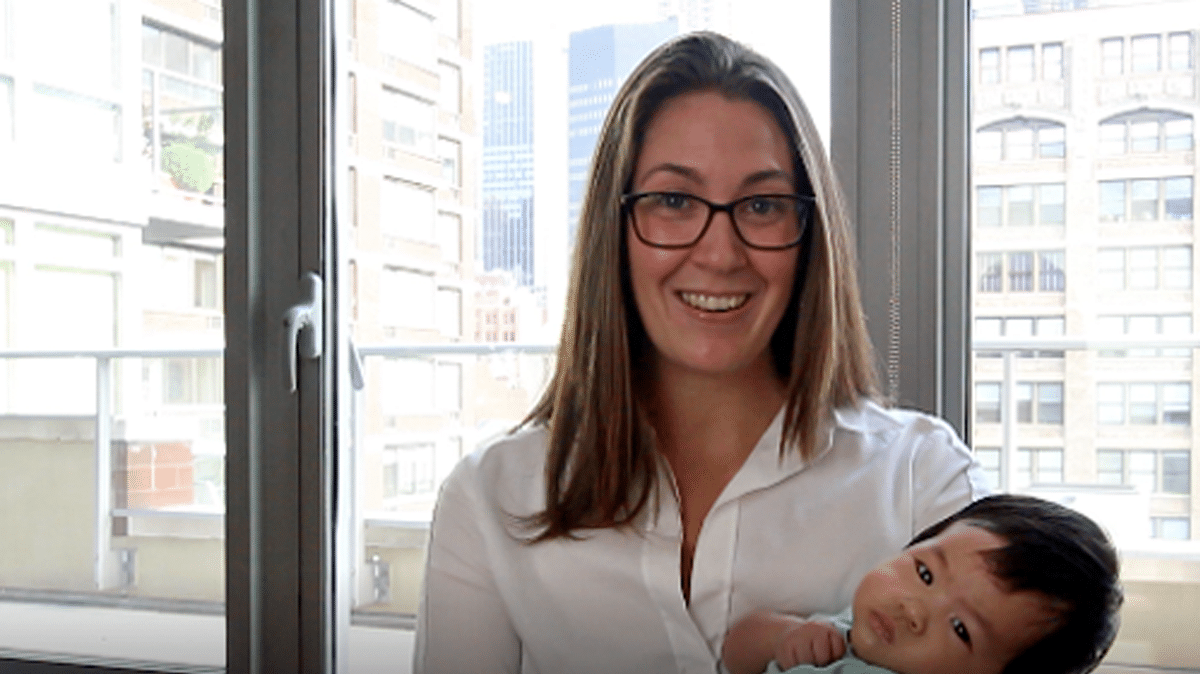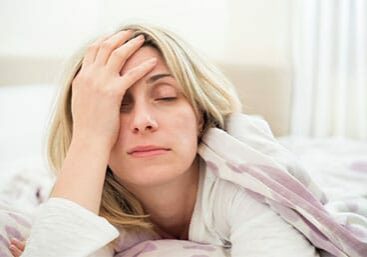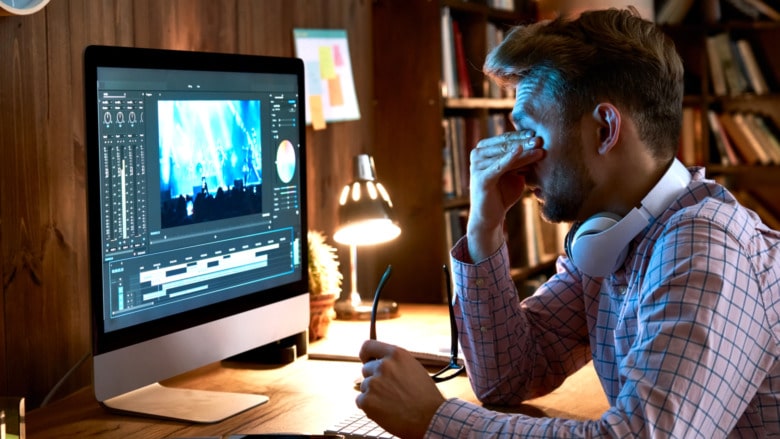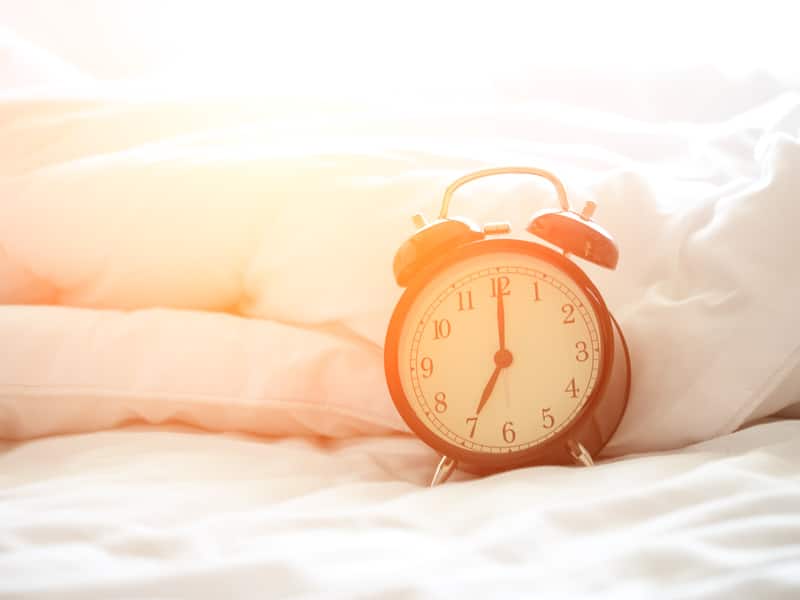
White, Pink, and Brown Noise: What’s the difference?
If you’re someone who has trouble sleeping, somebody has probably already suggested white noise to you. For better or worse, our brains continue to process sensory stimuli when we’re asleep, meaning that our partner’s snoring, dog’s barking, and even our leaky sinks can easily make us casualties of restless nights.
The reason why noises wake us up at night is not exactly because of the noise itself, but rather the sudden change in noise. White noise works by masking these changes and allowing our brains the benefit of a more consistent sonic environment.
Aside from the benefit of a better night’s sleep, white noise has shown promising results related to memory, tinnitus, and concentration (among many other things). Lots of studies on sound therapy have focused on specific sonic hues like white, pink, and brown, so what exactly is the difference between them?
White noise, probably the most familiar of these, sounds like a radio tuned to an unused frequency. Similar to the way white light contains all the wavelengths of the visible spectrum at equal intensity, white noise has equal power across all frequencies audible to the human ear.
Pink noise is white noise, but with reduced higher frequencies. It resembles the sounds of steady rainfall or wind and is often considered to be more soothing than white noise, which some people find unpleasant. Several studies on pink noise have shown that sleeping with it can improve our memories the following day, and potentially even long-term.
Brown noise lowers the higher frequencies even more. It’s a bit “rougher” than pink noise and resembles the roar of a river current or strong wind. Common benefits associated with brown noise are relaxation, improved focus, and of course, sleep improvement.

So, which hue is going to help you sleep better? The answer is different for everyone, so give each of them a try and see which works best for you.
Looking for a sound machine that can produce high quality, non-looping white, pink, or brown noise? At the high end, take a look at the Sound+Sleep SE. In addition to noise, it also offers naturally recorded, non-looping sound environments like rain, waterfalls, and city streets. If you just need a noise generator for sleeping, sound masking, or just helping you concentrate, take a look at the LectroFan line. They offer a selection of colored noise and fan sounds and they’re easy to take with you on the road.

Don't just take our word for it.
We don’t take the term “sleep like a baby,” lightly. We know you don’t either. Want advice from a baby whisperer? Our sleep trainers understand.









